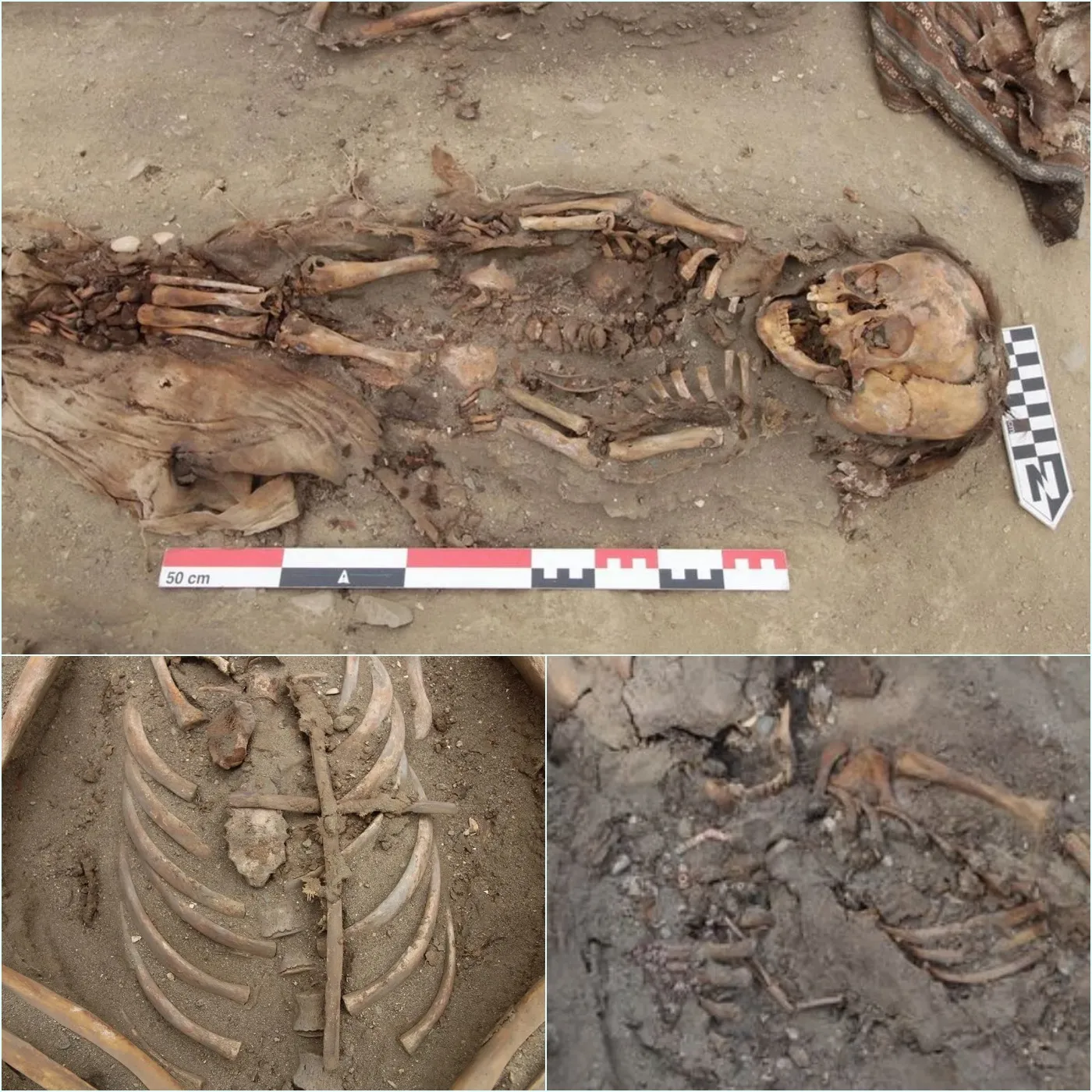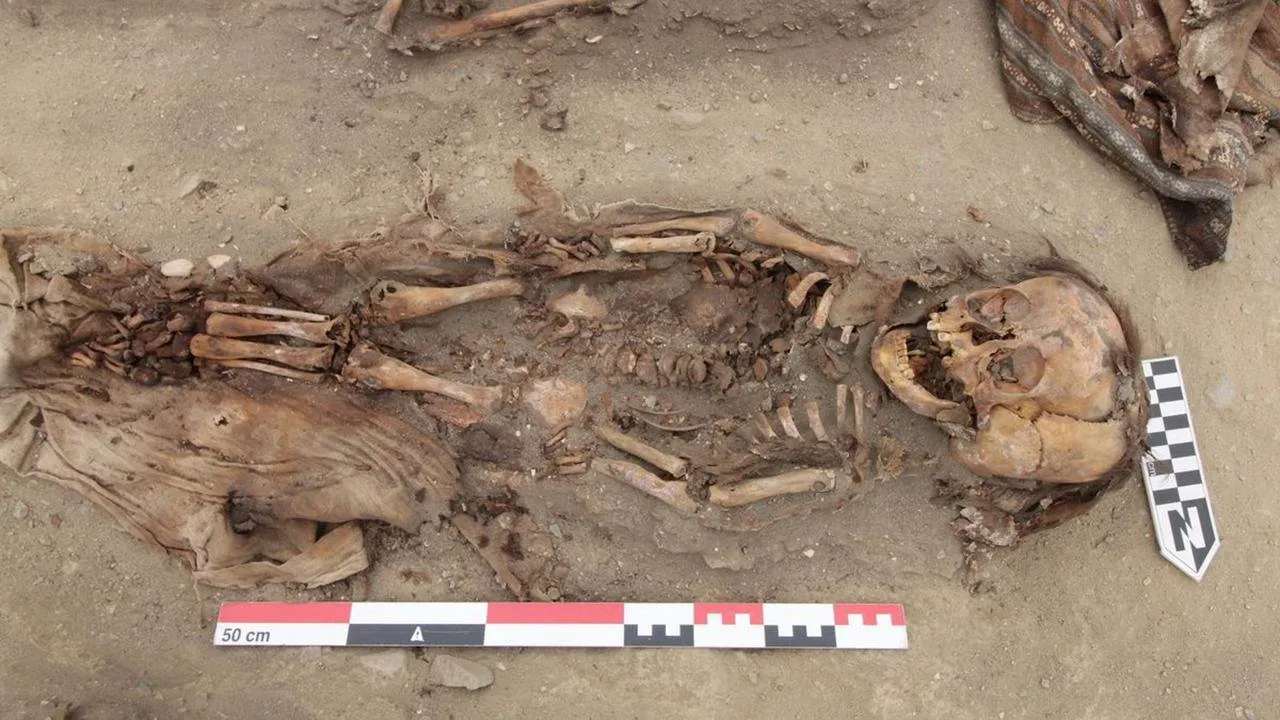
Archaeologists have uncovered evidence of smallpox in the remains of two toddlers buried in a 16th-century cemetery in Huanchaco, a small fishing town on Peru’s northwest coast. This cemetery, linked to one of the earliest colonial churches constructed by the Spanish between 1535 and 1540, contained 120 burials, with a staggering 75% of those being children, 67% of whom were five years old or younger. This high proportion of child burials strongly suggests the presence of a novel disease impacting this vulnerable segment of the population with developing immune systems, as noted in the researchers’ study.

Published in the June issue of the *International Journal of Paleopathology*, the study focuses on the remains of two children, approximately 18 months old at the time of death. Their skeletons showed numerous destructive lesions in joints such as the shoulders, elbows, wrists, hips, knees, and ankles. These lesions, resembling moth-eaten holes, are indicative of osteomyelitis variolosa, a bone infection linked to the smallpox virus.

These findings mark the earliest known instances of osteomyelitis variolosa in South America, significant given the smallpox outbreaks that followed European contact. The study suggests that skeletal changes in children under five who contract smallpox occur in 5% to 20% of cases, indicating that many archaeological instances of smallpox remain unidentified.
Smallpox, caused by the variola virus, is a fast-acting infection that has been present for at least three millennia, with early evidence found in the characteristic rashes on Egyptian mummies. The disease caused numerous epidemics over centuries, leading to millions of deaths until its eradication in 1980 through a global vaccination campaign. Nonetheless, there is still a lack of reliable data on small-scale epidemics and their effects on Indigenous populations.
Leave a Reply